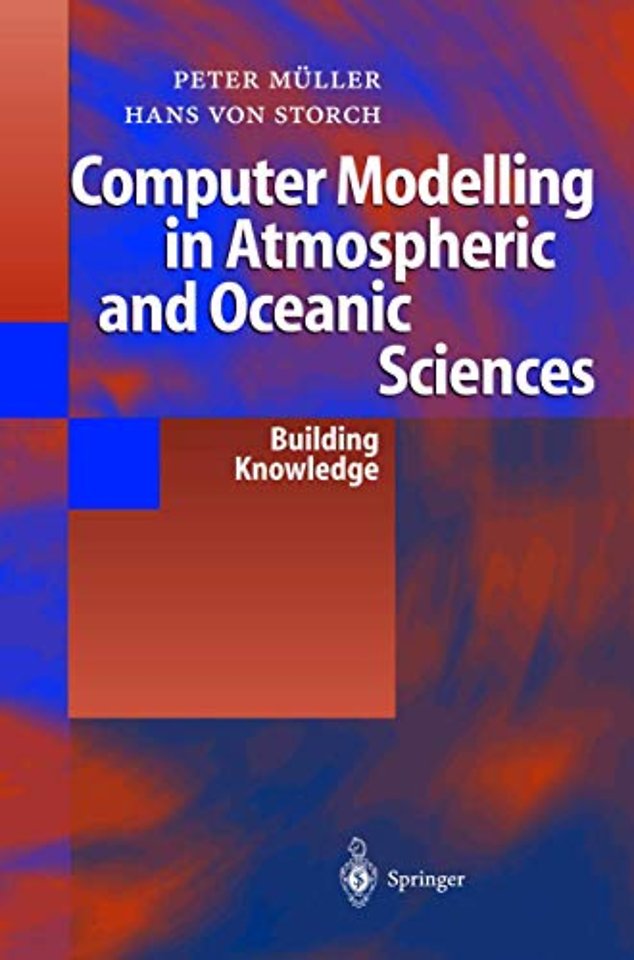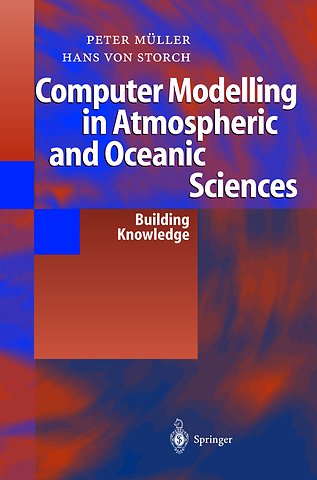Computer Modelling in Atmospheric and Oceanic Sciences
Building Knowledge
Samenvatting
The book describes what these models are, what they are based on, how they function, and then, most innovatively, how they can be used to generate new useful knowledge about the environmental system.
Discusses this generation of knowledge by computer models from an epistemological perspective and illustrates it by numerous examples from applied and fundamental research.
Includes ample technical appendices and is a valuable source of information for graduate students and scientists alike working in the field of environmental sciences.
Specificaties
Inhoudsopgave
Net verschenen
Rubrieken
- aanbestedingsrecht
- aansprakelijkheids- en verzekeringsrecht
- accountancy
- algemeen juridisch
- arbeidsrecht
- bank- en effectenrecht
- bestuursrecht
- bouwrecht
- burgerlijk recht en procesrecht
- europees-internationaal recht
- fiscaal recht
- gezondheidsrecht
- insolventierecht
- intellectuele eigendom en ict-recht
- management
- mens en maatschappij
- milieu- en omgevingsrecht
- notarieel recht
- ondernemingsrecht
- pensioenrecht
- personen- en familierecht
- sociale zekerheidsrecht
- staatsrecht
- strafrecht en criminologie
- vastgoed- en huurrecht
- vreemdelingenrecht

